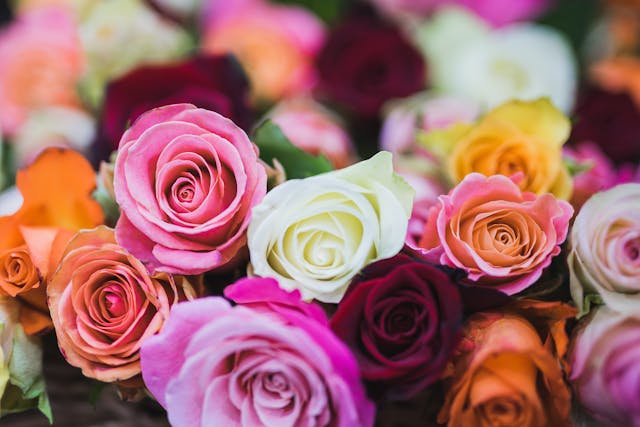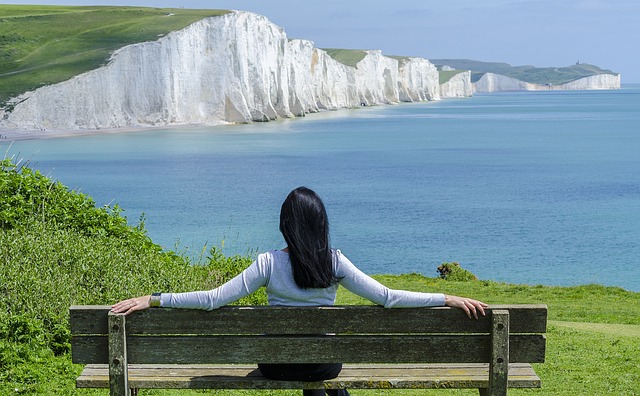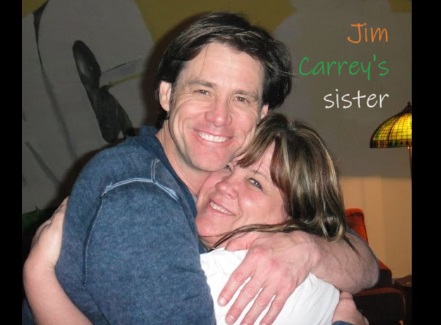Exploring Hebrew tattoos, like the stunning Colin Bryce design, makes me think about their deep meaning. These tattoos are more than just art; they carry personal and cultural significance. They express our feelings and connect us to our heritage.
But, tattoo prices can change a lot. This depends on several important things. I want to share some key points about tattoo costs, what makes Hebrew tattoos special, and what to think about before getting one.
Key Takeaways
- Understanding the unique qualities of Hebrew tattoos, like the קולין ברייס design.
- Factors that influence tattoo prices may vary widely.
- The significance of personal expression in choosing arm tattoos.
- Researching quality tattoo artists is essential for a great experience.
- Aftercare is crucial for the longevity and appearance of tattoos.
Understanding the Significance of Hebrew Tattoos
Exploring Hebrew tattoos, I see a deep connection to my life. These tattoos are more than pretty designs. They express my identity and heritage powerfully. Each character tells a story that links culture to the individual.
My Personal Connection to Hebrew
Hebrew means more to me than just a language. It’s a cultural tie that touches my heart. Growing up with Hebrew traditions, my tattoo shows my values and beliefs. It’s a reminder of my life’s journey.
The Cultural Importance of Hebrew Tattoos
In the Jewish community, Hebrew tattoos hold great cultural value. They can symbolize spiritual beliefs or honor loved ones. These tattoos are not just decorations. They carry deep meanings that connect people to their heritage.
Factors Influencing Tattoo Prices
When it comes to tattoos, several factors play a big role in the cost. Each one affects the final price you’ll pay. By looking into these factors, you can understand what makes prices vary.
The Role of Design Complexity
The design of your tattoo greatly impacts the price. Detailed designs and unique fonts can make it more expensive. Artists spend more time on complex designs, which can raise the cost.
Size and Placement Considerations
The size of your tattoo also matters. Bigger tattoos need more materials and time, increasing the price. The placement of your tattoo can also affect the cost. Some spots are harder to work on, leading to higher prices.
Experience of the Tattoo Artist
The tattoo artist’s experience is another important factor. More experienced artists charge more for their skills. Their ability to handle complex designs gives clients peace of mind, making the investment worth it.
Price of a Tattoo in Hebrew on Arm: קולין ברייס
Thinking about a Hebrew tattoo on my arm, especially the קולין ברייס design, means looking at the cost. Prices can change a lot based on different things. I’ll talk about the average prices for Hebrew tattoos and compare them with other designs.
Average Pricing for Hebrew Tattoos
The cost of Hebrew tattoos depends on things like where the studio is, how big the tattoo is, and the artist’s skill. Arm tattoos can cost anywhere from $100 to over $300. This price range shows how complex the design is and the artist’s skill.
Simple designs need less time and cost less. But, detailed or big tattoos can make the price go up a lot.
Comparative Analysis with Other Designs
Hebrew tattoos have different prices compared to other styles. Designs like tribal or floral tattoos might cost differently because of their popularity and meaning. Here’s a table showing these price differences:
| Design Type | Average Price Range | Complexity |
|---|---|---|
| Hebrew Tattoo | $100 – $300+ | Variable |
| Tribal Tattoo | $80 – $250 | Moderate to High |
| Floral Tattoo | $70 – $220 | Variable |
This comparison shows Hebrew tattoos might be pricier, but their cultural and personal value is worth it. Choosing a design that means something to me makes the cost worth it.
Finding a Qualified Tattoo Artist
My search for a tattoo artist began with finding someone who could make my Hebrew tattoo come to life. I realized that doing my homework was key to getting the tattoo I wanted. There are many skilled artists out there, but not all are right for Hebrew lettering or the style I had in mind.
Researching Local Artists
I started by looking up local tattoo studios. Instagram and Yelp were great tools for this. I made a list of studios and checked their reviews. It was crucial to see what others said and look at their tattoos.
Many artists showed a real love for their work and a focus on quality. This was important to me.
What to Look for in a Tattoo Portfolio
When I looked at different artists’ portfolios, I focused on a few important things:
- Style: Every artist has their own style. I wanted someone whose style matched what I had in mind for my tattoo.
- Consistency: The artist’s ability to consistently produce high-quality tattoos was key. I wanted my tattoo to look as good as the examples they showed.
- Experience with Hebrew Lettering: Hebrew text is complex. I looked for artists who had shown they could handle it well.
Preparation for Your Tattoo Appointment
Getting ready for a tattoo involves several key steps. It starts with a detailed consultation with the tattoo artist. This helps me share my design ideas, discuss size and placement, and talk about any special requests. Knowing these details is key to getting the look I want.
Consultation with Your Tattoo Artist
During the consultation, I talk openly with the tattoo artist. We cover a few important topics:
- My design ideas and inspirations.
- Size and placement on my body.
- Potential adjustments and artist suggestions.
- Any concerns or questions about the procedure.
This careful preparation is the first step to a successful tattoo session. It makes sure we’re both on the same page.
Understanding Aftercare Requirements
After the tattoo is done, I need to take care of it. Following aftercare tips is crucial for healing and keeping the tattoo looking great. The aftercare process includes:
- Keeping the tattoo clean and dry.
- Applying a prescribed ointment or moisturizer.
- Avoiding sun exposure and soaking in water for a while.
- Following up with touch-ups if necessary.
By following these steps, I can make sure my tattoo heals well. This keeps its beauty and meaning for years.
| Key Steps | Description |
|---|---|
| Consultation Process | Engage in open discussions about design, size, and placement. |
| Design Expectations | Clearly outline ideas and inspirations to the tattoo artist. |
| Aftercare Tips | Follow specific instructions to ensure proper healing. |
| Long-term Care | Maintain the tattoo’s vibrancy by avoiding sun and moisture. |
Common Designs and Their Meanings
Hebrew tattoo designs are popular for their deep meanings and cultural significance. Many people choose phrases that reflect their values, beliefs, and experiences. Let’s look at some favorite phrases and why they’re meaningful to so many.
Popular Hebrew Phrases for Tattoos
Several Hebrew phrases are favorites among tattoo lovers. Here are a few:
- Chai (חי) – meaning “life,” it symbolizes living and vitality.
- Ahavah (אהבה) – translating to “love,” it highlights the importance of love.
- Shalom (שלום) – meaning “peace,” it represents a universal wish for harmony.
- Tikvah (תקווה) – meaning “hope,” it speaks to our resilience and positivity.
The Personal Relevance of My Chosen Design
My tattoo design holds a special meaning for me. I chose achsher (אחשר), meaning “to be sure,” because it reflects my journey to self-confidence. It shows my beliefs and reminds me of my growth and resilience. Looking at my tattoo always strengthens my trust in myself.
Sharing My Tattoo Experience
Getting a tattoo was something I had thought about for a long time. The day it happened, I felt both excited and nervous. The studio was calm, with soft music, which made me feel better.
What to Expect During the Tattoo Process
The tattoo needle’s sensation was different than I expected. It felt like a gentle scratch, and it wasn’t too bad. The artist walked me through each step, making the experience better.
The whole thing took longer than I thought. But every minute was worth it to have a piece of art that felt truly mine.
My Emotions and Thoughts Post-Tattoo
When it was all done, I felt a huge sense of joy. It was more than just relief from the pain. It was a big step in my life.
Looking at my tattoo in the mirror, I felt proud and happy. It made me think about how this tattoo means a lot to me. It’s a reminder of my growth and my love for self-expression.
Conclusion
Looking back at my journey with Hebrew tattoos, especially the קולין ברייס design, I see its value is more than just its cost. This article has covered the costs of Hebrew tattoos and their cultural and emotional depth. This tattoo is more than art; it’s a personal statement of my beliefs, experiences, and connections.
The tattoo’s price is influenced by its design and the artist’s skill. But, it’s the meanings behind the scripts that truly count. I hope my story encourages others to think deeply about their tattoos. Each tattoo has a story, and these stories are important for their cultural and personal value.
In wrapping up, I urge those thinking about tattoos to consider more than just how they look. A tattoo is a personal and emotional journey. It’s a commitment to art that shows who we are and what we value. Making a thoughtful choice can lead to a lasting and meaningful experience.
Read more: Katianna Stoermer Coleman: An Inspiring Life Story
FAQ
What influences the cost of a Hebrew tattoo on my arm?
The cost of a Hebrew tattoo depends on several things. These include the design’s complexity, the tattoo’s size and where it’s placed, and the tattoo artist’s experience. Generally, more detailed designs and bigger tattoos cost more.
Are there specific design trends for Hebrew tattoos?
Yes, there are! Many choose tattoos with meaningful phrases or symbols. Popular choices include “chai” (life) or “ahavah” (love). These carry deep cultural and emotional significance.
How do I find a qualified tattoo artist for my Hebrew design?
To find a good tattoo artist, start by looking online. Use platforms like Instagram or Yelp. Look for artists who have worked on Hebrew designs. Make sure their style matches what you want for your tattoo.
What should I discuss during the consultation with my tattoo artist?
During your consultation, talk about what you want your tattoo to look like. Discuss the size and where you want it. Share any specific ideas or requests you have. This helps the artist understand your vision.
What are the aftercare requirements for my new tattoo?
Aftercare is key for your tattoo to heal right. Keep it clean and moisturized. Avoid direct sun for a few weeks. Your tattoo artist will give you specific care instructions to follow.
How do Hebrew tattoos hold cultural significance?
Hebrew tattoos often carry deep spiritual and personal messages. In Jewish communities, they symbolize faith, heritage, and important life events. They are a cherished choice for many.
What are my emotional expectations post-tattooing?
After getting a tattoo, you might feel a mix of emotions. Many feel joy, relief, or a sense of accomplishment. Seeing your tattoo come to life is a personal milestone worth celebrating!









